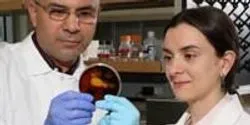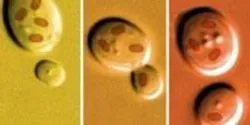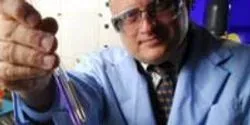News

This gift from science just keeps on giving. Measurements taken at the National Institute of Standards and Technology (NIST) show why a material already known to be good at separating components of natural gas also can do something trickier: help convert one chemical to another, a process called catalysis. The discovery is a rare example of a laboratory-made material easily performing a task that biology usually requires a complex series of steps to accomplish.

Research from Kansas State University in Olathe has shown that four out of 10 spices, sold in bulk in the Kansas City metro area, contain contaminants that could be harmful to your health.

Microbes are not only a rich source of disease, but also a rich source of medicines, and experts think many life-saving compounds produced by as-yet-unnamed bacteria are awaiting discovery. But they don’t always give up their secrets easily. Researchers must know where to look to find promising bacteria, and how to get them to grow in the lab, the traditional route to identifying potentially valuable molecules they produce.

An assistant professor of chemical & biomolecular engineering at Clarkson University is pioneering a new purification process that, if successful, could help millions of people without access to clean water quickly and efficiently purify water to make it safe for drinking and cooking.

Consumers may have more palatable low-fat products and milk producers a solution to an industrywide problem through use of a unique strain of lactic acid bacteria, according to Ashraf Hassan, associate professor of dairy science at South Dakota State University.

Genetic material hitchhiking in our cells may shape physical traits more than we thought.

Agilent Technologies Inc. (NYSE: A) today (May 15) announced a recycling program that enables customers in the United States and Canada to return used atomic absorption lamps. Under this new program, laboratories are invited to return used hollow cathode lamps for recycling.

Astrophysicists at UC San Diego have measured the minute gravitational distortions in polarized radiation from the early universe and discovered that these ancient microwaves can provide an important cosmological test of Einstein’s theory of general relativity. These measurements have the potential to narrow down the estimates for the mass of ghostly subatomic particles known as neutrinos.

The University of Washington is receiving a $31.2 million gift from Washington Research Foundation to boost entrepreneurship and support research that tackles some of society’s most crucial challenges.










